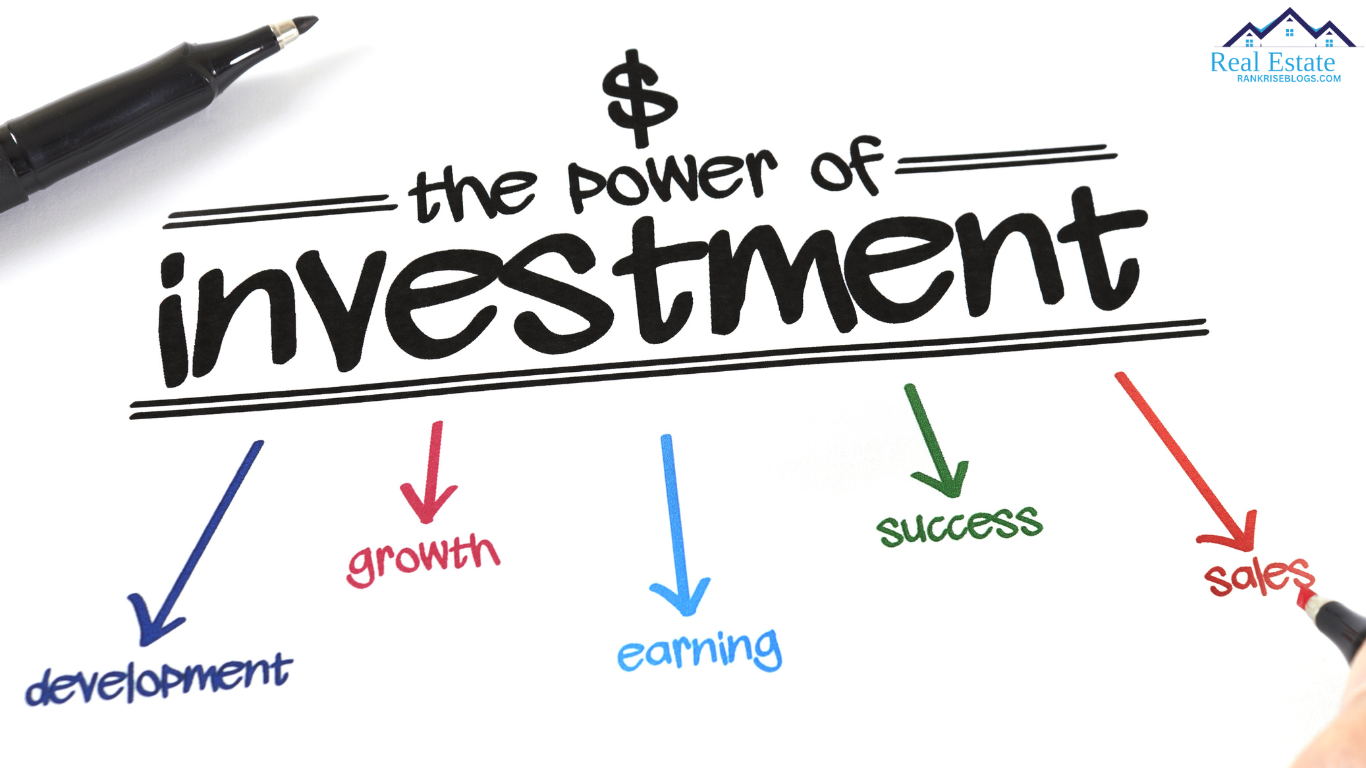Investing in real estate has long been seen as a wealth-building strategy, but traditional property purchases often require significant upfront capital. Enter micro property investment, a game-changer for individuals with limited budgets who still want to enjoy the benefits of real estate. In this guide, we’ll explore what micro-property investment is, how it works, and why it’s an excellent choice for new investors. By the end, you’ll have a clear understanding of how to start your journey into real estate without breaking the bank.
What Is Micro Property Investment?
Microproperty investment involves pooling small amounts of capital from multiple investors to collectively own real estate. This can be done through platforms that specialize in fractional property ownership or Real Estate Investment Trusts (REITs). Unlike traditional real estate purchases, where you buy an entire property, micro-investing allows you to own a small percentage of a property or portfolio.
Key Features:
- Low Capital Requirement: You can start investing with as little as $100.
- Diversification: Spread your investment across multiple properties or regions.
- Passive Income: Earn a share of rental income or appreciation without managing the property.
- Accessibility: Ideal for beginners with limited experience or capital.
Microproperty investment bridges the gap between individual investors and high-value real estate assets. It enables even those with modest means to participate in real estate’s lucrative returns.
How Does Micro Property Investment Work?
The process is simple and often managed through online platforms. Here’s a step-by-step breakdown:
- Choose a Platform: Select a trusted micro-investing platform such as Fundrise, Roofstock, or Arrived Homes. These platforms vet properties and handle the administrative work.
- Sign Up and Deposit Funds: Create an account, deposit your investment amount, and browse available properties.
- Select Investments: Choose properties based on your goals, whether it’s high rental income or long-term appreciation.
- Earn Returns: Receive your share of rental income or profits as the property’s value increases.
- Withdraw or Reinvest: Reinvest your earnings or withdraw them as needed.
Example:
Imagine investing $500 in a multi-family apartment complex through a fractional ownership platform. You’d receive monthly rental income based on your share, and if the property appreciates, your investment value grows. Some platforms even provide regular performance updates and market insights to help you make informed decisions.
Benefits of Micro Property Investment
Why should you consider micro property investment? Here are some compelling reasons:
1. Affordable Entry Point
Traditional real estate often requires a large down payment, but micro-investments let you start small. This makes it accessible to young professionals, students, and anyone with limited savings.
2. Reduced Risk
Diversifying across multiple properties lowers the risk associated with owning a single property. If one property underperforms, others in your portfolio can offset the loss.
3. Passive Income
You don’t have to deal with tenant issues, maintenance, or property management. Platforms handle these tasks, leaving you with a stress-free source of income.
4. Learning Opportunity
Micro investing allows beginners to dip their toes into real estate without overwhelming financial commitments. It’s an excellent way to gain experience and understand market dynamics.
5. Liquidity
Some platforms offer options to sell your shares or withdraw funds, making your investment more liquid than traditional real estate.
Challenges of Micro Property Investment
While micro property investing offers numerous advantages, it’s essential to be aware of potential challenges:
- Lower Returns Compared to Full Ownership: Fractional ownership may yield smaller returns compared to owning an entire property.
- Fees: Platforms often charge management fees, which can eat into your profits.
- Limited Control: You’re not directly involved in property decisions, which might not suit everyone.
- Market Volatility: Like any investment, real estate markets can fluctuate, affecting your returns.
Tip:
Research platforms thoroughly, read user reviews, and understand fee structures before investing. Staying informed helps mitigate risks and optimize returns.
How to Get Started with Micro Property Investment
Follow these steps to begin your journey:
1. Define Your Goals
Are you looking for passive income, long-term appreciation, or both? Your goals will influence the type of properties you invest in.
2. Research Platforms
Compare popular platforms like Fundrise, CrowdStreet, and Roofstock. Look for:
- Transparency
- Track record
- User reviews
- Fee structures
3. Start Small
Begin with a modest amount to test the waters. As you gain confidence, gradually increase your investments.
4. Diversify Your Portfolio
Spread your investments across different property types (residential, commercial) and locations to minimize risk.
5. Monitor Performance
Track your investments regularly and stay informed about market trends. Most platforms provide dashboards with real-time data.

Top Platforms for Micro Property Investment
1. Fundrise
- Specializes in diversified portfolios.
- Minimum investment: $10.
- Ideal for beginners and long-term investors.
2. Arrived Homes
- Focuses on single-family rental properties.
- Minimum investment: $100.
- User-friendly interface and detailed property insights.
3. CrowdStreet
- Offers commercial real estate opportunities.
- Minimum investment: $25,000 (higher-tier platform).
- Suitable for experienced investors.
4. Roofstock
- Concentrates on rental properties.
- Minimum investment varies.
- Allows full property purchases or fractional shares.
Advanced Strategies for Micro Property Investment
To maximize your returns, consider implementing these advanced strategies:
1. Leverage Data Analytics
Use tools like Mashvisor or Zillow to analyze property performance, market trends, and rental demand. These insights can help you make data-driven decisions.
2. Reinvest Your Earnings
Instead of withdrawing returns, reinvest them into additional properties. This strategy accelerates portfolio growth through compounding.
3. Focus on High-Growth Areas
Invest in regions with strong job growth, infrastructure development, and population increases. These areas often experience higher property appreciation rates.
4. Participate in Crowdfunding Campaigns
Some platforms allow you to invest in large-scale commercial projects through crowdfunding. These opportunities often offer higher returns but come with increased risk.
FAQs About Micro Property Investment
Q: Is micro property investment safe?
A: While it’s generally safer than some investment options, risks still exist. Choose reputable platforms and diversify to mitigate risks.
Q: How much can I earn?
A: Returns vary depending on property performance, platform fees, and market conditions. Typical annual returns range from 6% to 12%.
Q: Do I need real estate experience?
A: No, micro investment platforms are designed for beginners and handle the complex aspects of real estate management.
Q: Are there tax implications? A: Yes, rental income and capital gains are taxable. Consult a tax advisor for guidance.
Q: Can I sell my shares?
A: Some platforms offer secondary markets where you can sell your shares, but liquidity varies.
Q: What’s the difference between micro investments and REITs?
A: REITs are publicly traded funds that invest in real estate, while micro-investments often involve direct ownership of specific properties.
Conclusion
Microproperty investment is revolutionizing the way people approach real estate. By lowering financial barriers and simplifying the process, it has opened doors for individuals who once thought real estate was out of reach. Whether you’re seeking passive income, portfolio diversification, or a stepping stone into the real estate world, micro-investing offers a flexible and affordable solution.
Start small, stay informed, and watch your investments grow. With platforms handling the heavy lifting, you can enjoy the benefits of real estate without the stress. Ready to take the first step? Dive into micro property investment today and pave the way for financial freedom.



